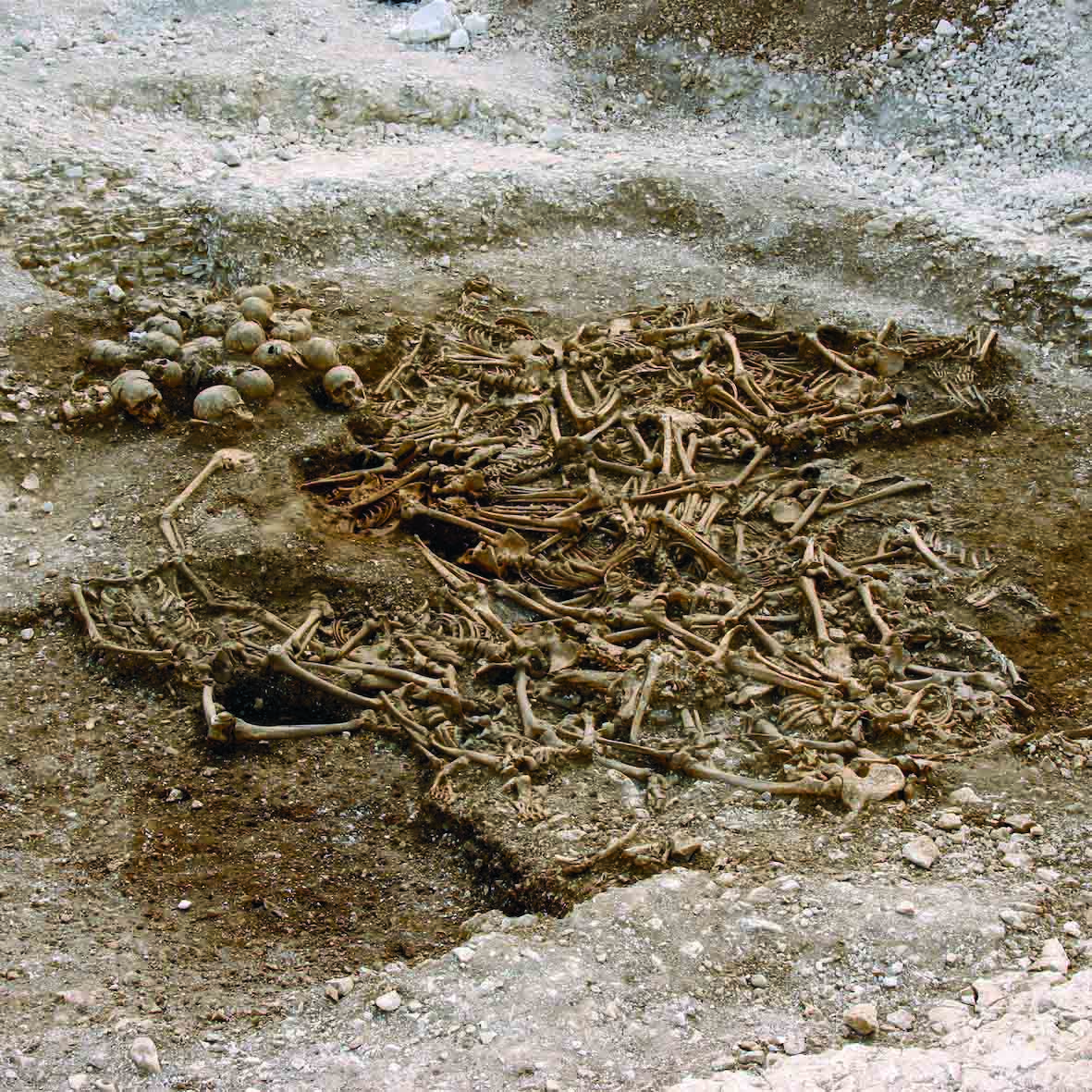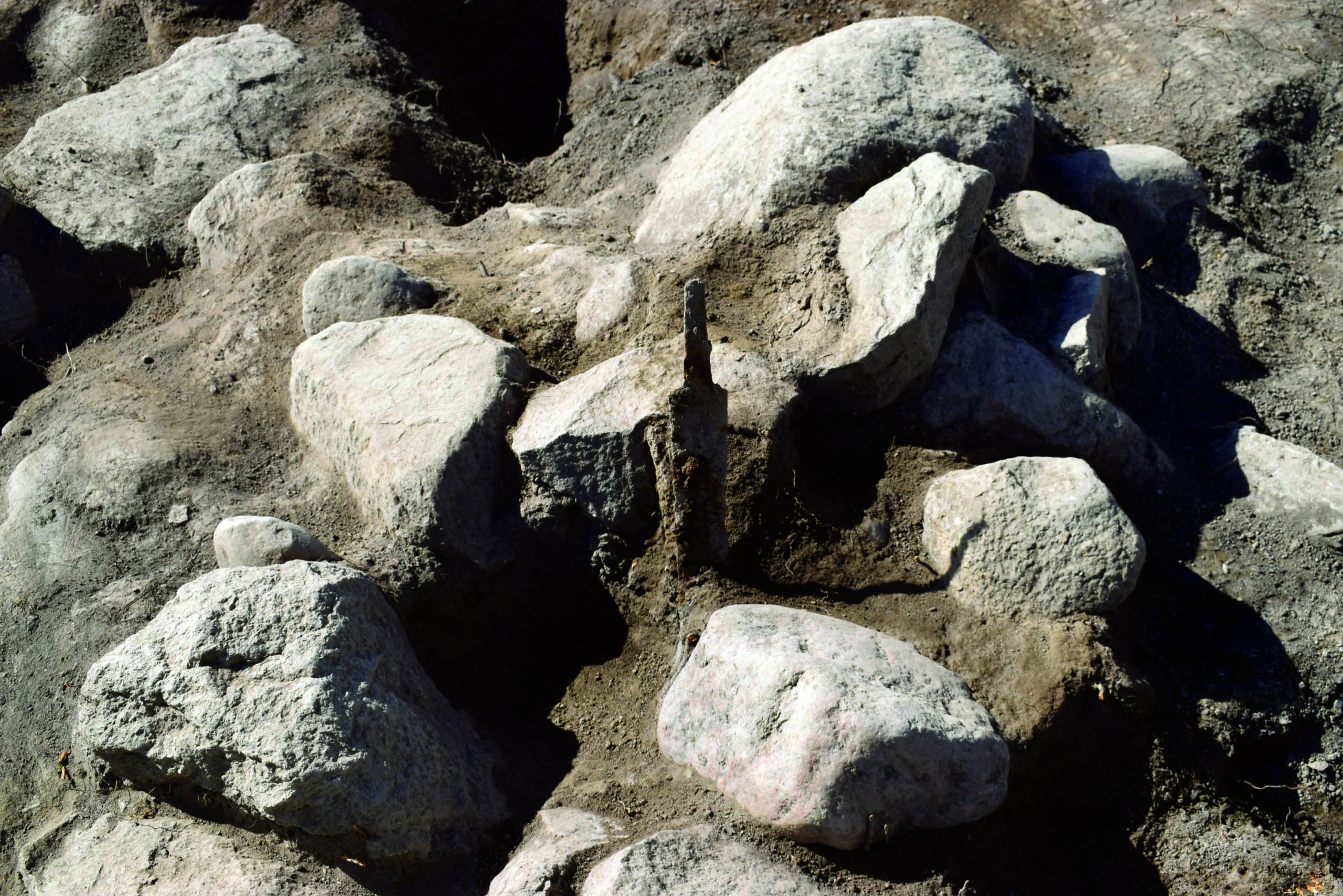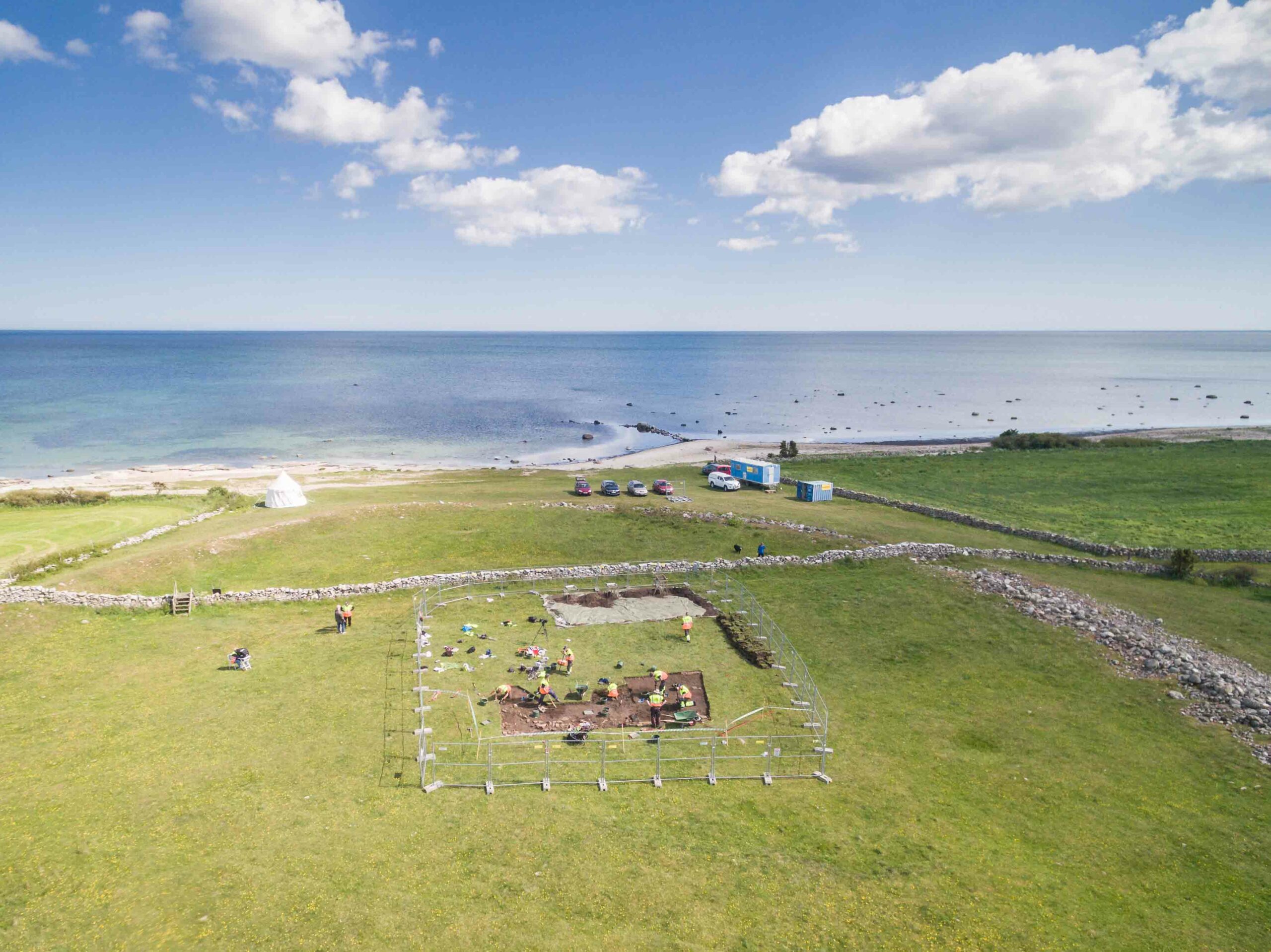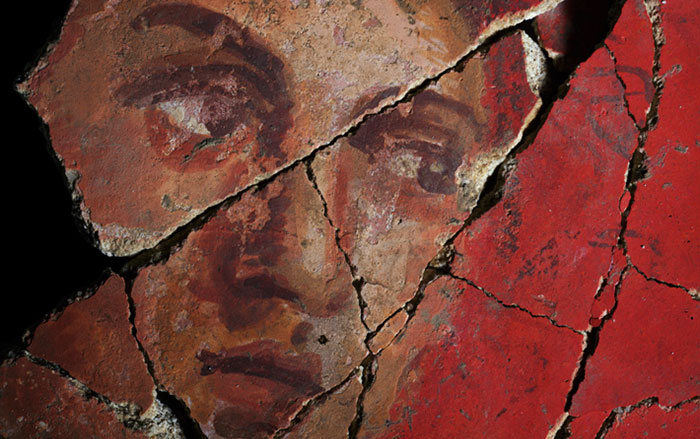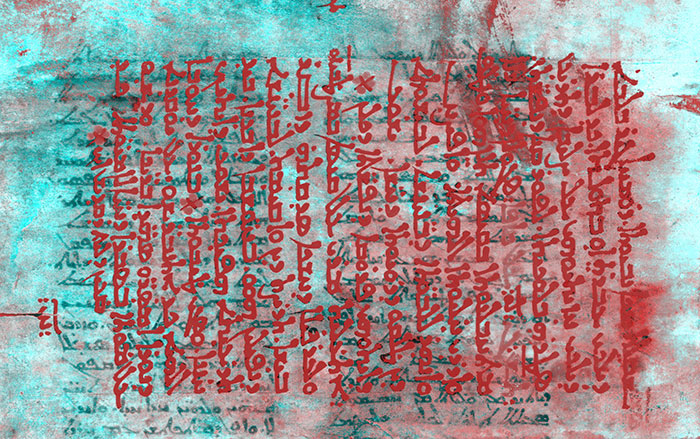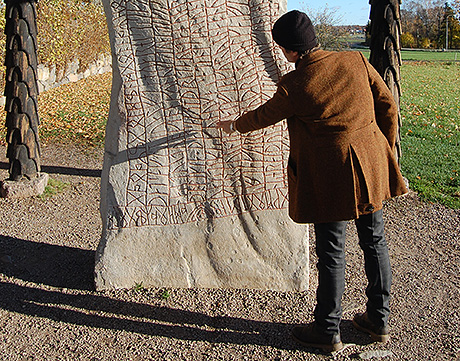
GOTHENBURG, SWEDEN—Per Homberg of the University of Gothenburg suggests that the inscription on the Rök Runestone, which dates to the late A.D. 800s, does not refer to acts of heroism, kings, and wars, as had been previously thought, but honors the power of writing itself and harnesses it to honor the dead. Homberg says the Rök Runestone is unusual because its text is long, but its meaning is similar to that expressed on other runestones. “The riddles on the front of the stone have to do with the daylight that we need to be able to read the runes, and on the back are riddles that probably have to do with the carving of the runes and the runic alphabet, the so-called futhark,” he said in Laboratory Equipment. In this interpretation, the 24 “kings” mentioned at the bottom of the stone are not rulers, but the set of runes themselves. To read more about the Viking world, go to "The First Vikings."



